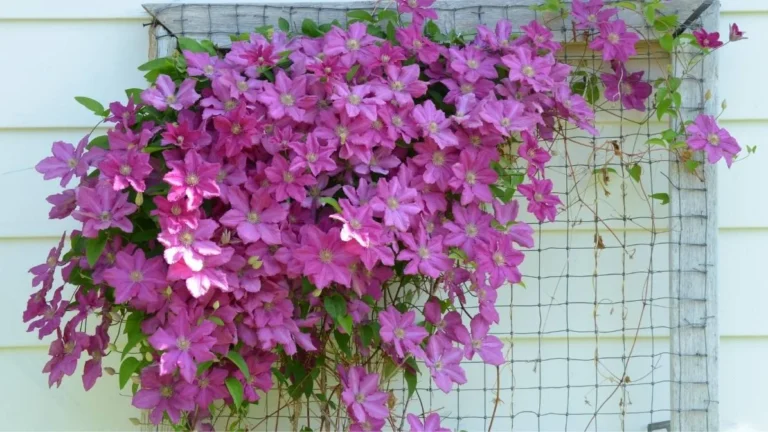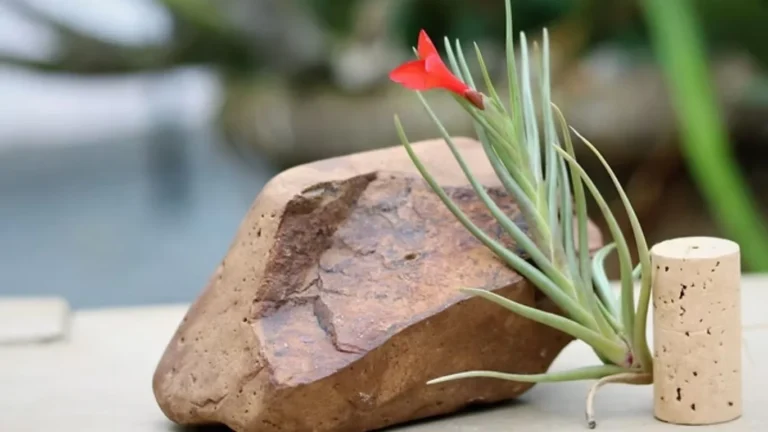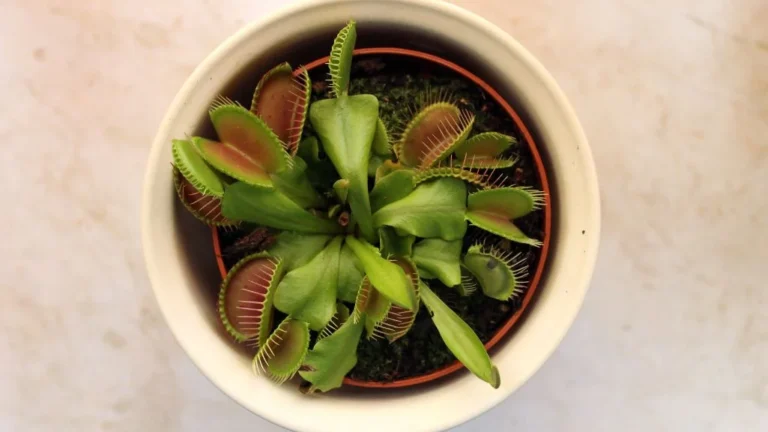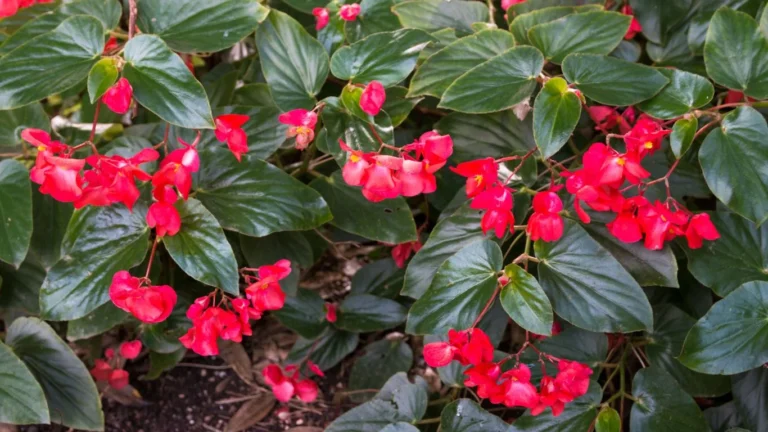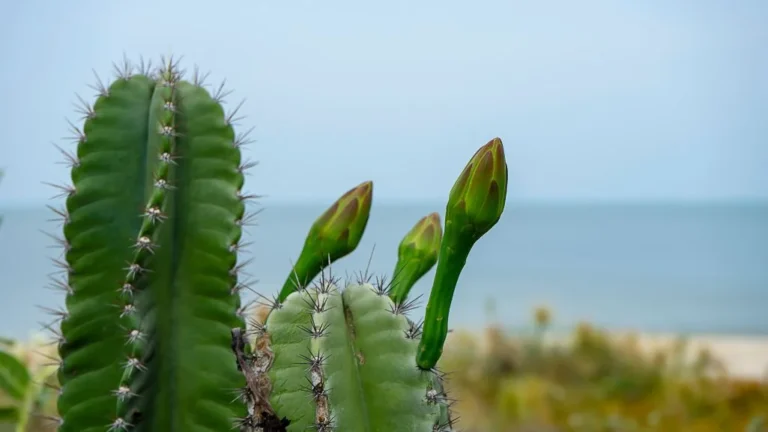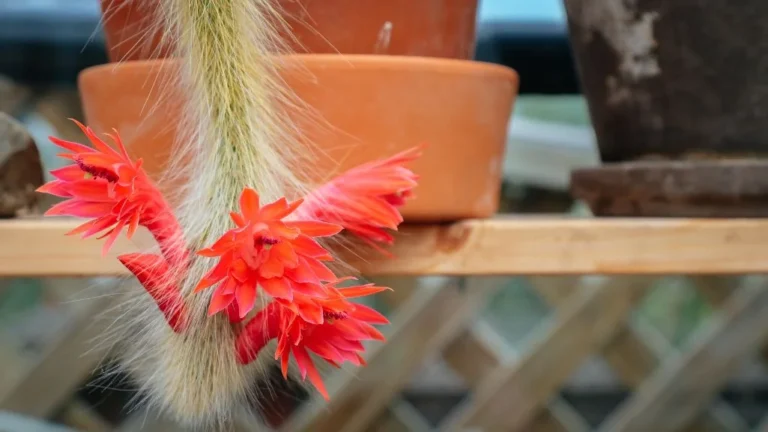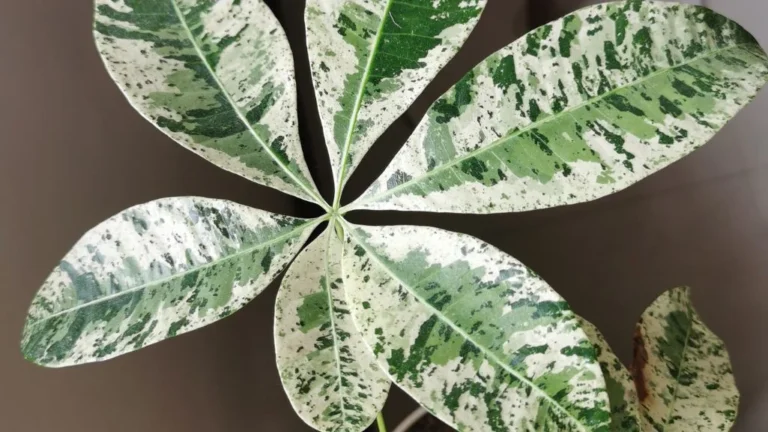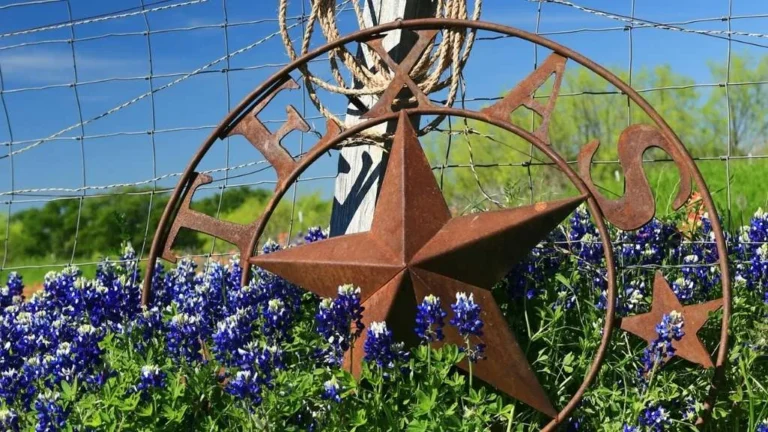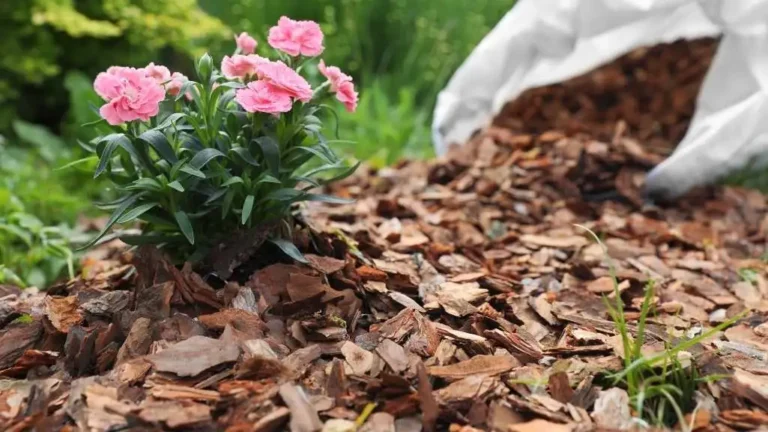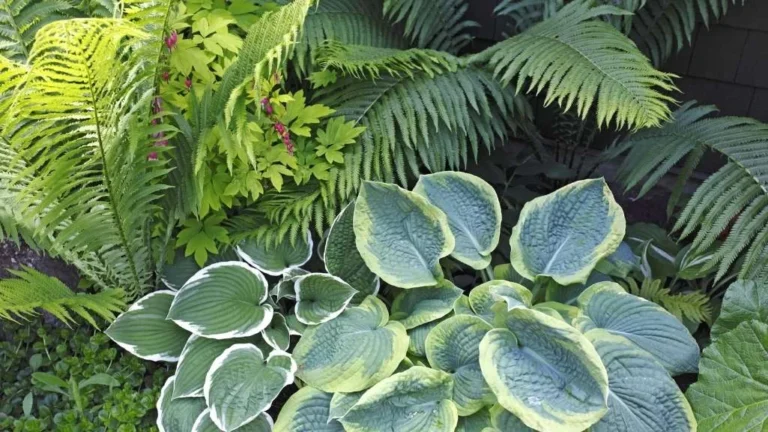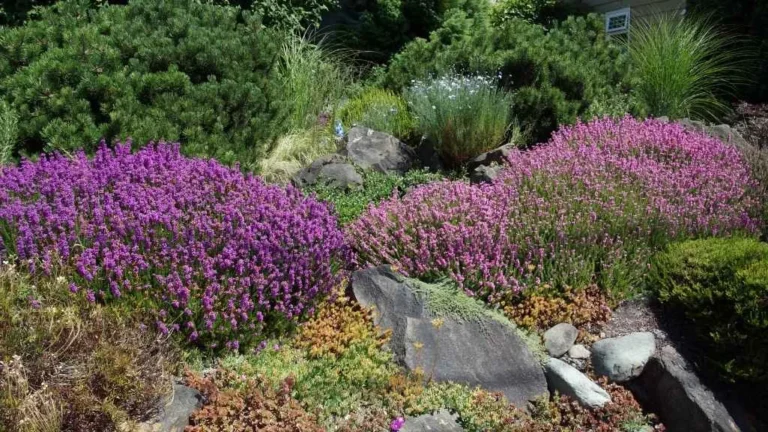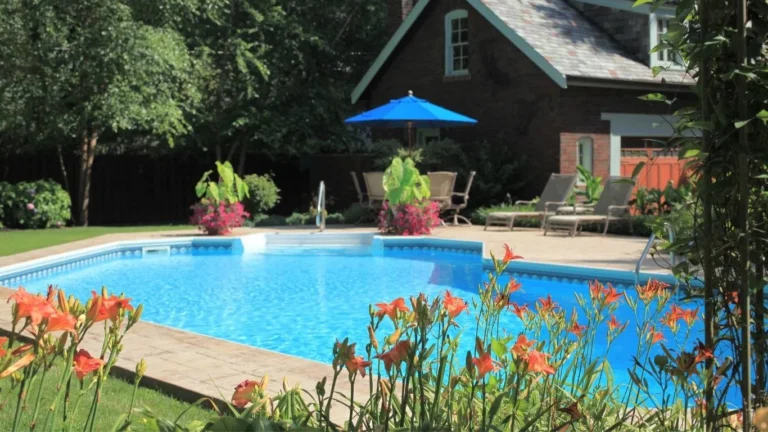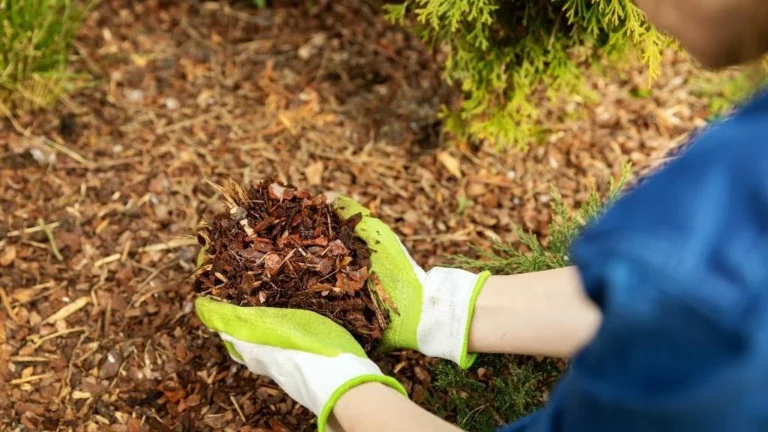Ever looked at a plain pool area and thought something was missing? That “something” might just be outdoor potted plants around pool. Whether a splash of tropical greenery or a row of elegant planters framing the deck, adding potted plants around your pool instantly elevates the entire vibe. They’re not just beautiful—they’re functional too.
Outdoor potted plants around pool can soften harsh pool lines, provide soothing shade, and even offer some privacy—all while turning your poolside into a tranquil oasis. From colourful blooms to lush green foliage, the right plants can create a resort-like escape in your backyard.
In this post, I’ll walk you through the best outdoor potted plants for pool areas, how to choose the right pots, smart placement ideas, and easy care tips to keep your greenery thriving. Ready to transform your poolside into a tropical paradise? Let’s dive in!
Benefits of Adding Outdoor Potted Plants Around the Pool
Adding outdoor potted plants around your pool isn’t just about beauty—it’s about creating an inviting, functional space that feels like a mini getaway.
Aesthetic Appeal
First things first, plants bring life to your pool area—literally. From bold tropical leaves to delicate flowers, they add texture, vibrant colour, and a touch of elegance that concrete and water alone just can’t deliver. Whether you prefer a lush jungle vibe or a modern, minimalist look, potted plants allow you to style your poolside in a way that reflects your personal taste.
Privacy and Comfort
Don’t want the neighbours peeking in while you’re trying to relax? Tall potted plants like bamboo, palms, or ornamental grasses can act as natural privacy screens. They create cozy, secluded nooks without the need for fences. Meanwhile, smaller plants like lavender, succulents, or ferns add charm and softness to seating areas and walkways.
Natural Cooling Effect
On a hot day, there’s nothing better than a bit of shade—and that’s where potted plants shine. Strategically placed greenery can offer natural cooling by blocking direct sunlight and releasing moisture into the air through transpiration. It’s a simple way to beat the heat and enjoy your pool for longer periods.
Easy Maintenance
One of the best things about using potted plants is the flexibility. Unlike in-ground landscaping, potted plants can be moved around to follow the sun, avoid wind, or refresh the look of your pool area. They’re also easier to maintain, especially if you’re using self-watering pots or choosing drought-tolerant varieties. And when the seasons change? Just move them to a safer spot.
Best Outdoor Potted Plants for Pool Areas
Choosing the right plants for your poolside is all about finding the perfect balance between beauty, hardiness, and ease of care. Whether you live in a tropical climate or face dry, sunny summers, there’s a plant out there that’s just right for your space.
Consider the Climate
Before picking out plants, take a moment to think about your local weather. Do you get lots of sun and heat? Tropical plants like palms or hibiscus will thrive. Is your area cooler or more temperate? Hardy perennials or ornamental grasses may be better suited. Understanding your climate helps ensure your plants stay healthy and vibrant all season long.
Low-Maintenance Plants for Poolside Living
The best poolside plants are ones that love sun, can handle a little splash of water now and then, and don’t demand constant attention. Here are some top picks categorised by type:





🌴 Tropical Plants
These lush beauties bring a vacation vibe to your backyard and thrive in warm, sunny climates.
- Areca Palm – Great for adding height and privacy.
- Bird of Paradise – Exotic blooms and bold leaves make a dramatic statement.
- Hibiscus – Vibrant flowers that love the heat.
- Ti Plant (Cordyline) – Colourful foliage in shades of pink, red, and green.
- Canna Lily – Bold, tropical flowers and lush leaves.
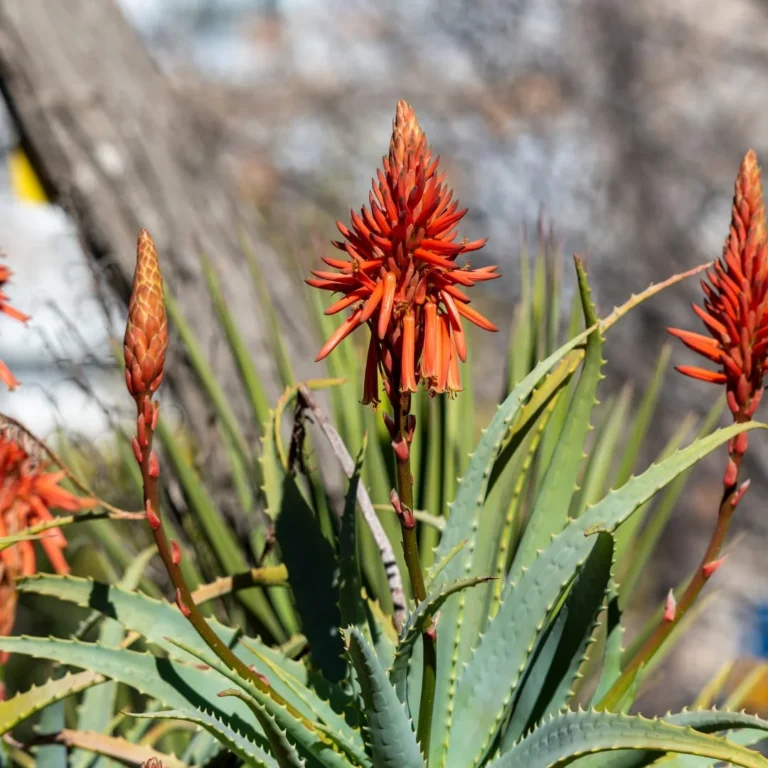



🌵 Succulents
Ideal for hot, dry areas—they store water in their leaves and need little care.
- Aloe Vera – Healing, hardy, and stylish.
- Agave – Striking and sculptural with minimal water needs.
- Echeveria – Compact, colourful rosettes that are great for small pots.
- Jade Plant – Sturdy and slow-growing with thick, glossy leaves.





🌼 Perennials
These plants return year after year, offering consistent beauty with minimal fuss.
- Lavender – Fragrant, drought-tolerant, and pollinator-friendly.
- Coneflower (Echinacea) – Bright blooms and tough nature.
- Lantana – Colourful flowers that thrive in the sun.
- Salvia – Long-lasting flowers that attract butterflies.
- Daylilies – Low-maintenance and bloom throughout summer.

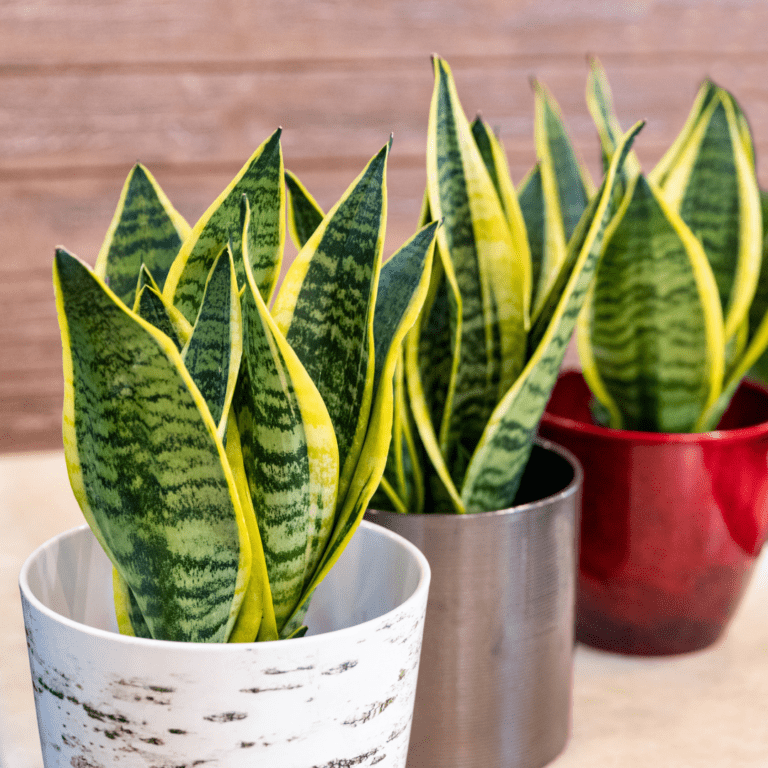


🌿 Foliage Plants
Foliage plants add texture, depth, and lush greenery around the pool.
- Boston Fern – Airy and elegant, perfect for shaded spots.
- Hosta – Best for partly shaded areas; known for their stunning leaves.
- Snake Plant – Virtually indestructible and great for modern decor.
- Caladium – Bright, heart-shaped leaves in red, pink, and white.
- Elephant Ear (Colocasia) – Large, dramatic leaves that love moisture.
Creating the perfect poolside space isn’t just about furniture, it’s about choosing plants that thrive in the sun, can handle splashes, and look amazing year-round. If you’re looking for ideas, here’s a handy guide to the best plants around pool that are both stylish and low-maintenance.
Tips for Choosing the Right Pot for Your Poolside Plants
When it comes to creating a picture-perfect poolside setup, the pots you choose matter just as much as the plants, the right pot doesn’t just hold your plant—it enhances the style, keeps roots healthy, and makes care a whole lot easier.
Material Choices
Pots come in all sorts of materials, and each one has its pros and cons, especially in an outdoor setting like a pool area.
Terracotta
These classic clay pots are breathable and perfect for plants that prefer drier soil. However, they can crack in cold weather and may dry out quickly under intense sun.
Ceramic/Glazed Pots
These are heavier and add a polished, decorative touch to your poolside. They retain moisture well but may need extra care in winter if you’re in a colder region.
Resin/Plastic
Lightweight, weather-resistant, and available in many styles, resin pots are perfect for pool areas. They’re easy to move and won’t crack or fade as easily as natural materials.
Concrete
Durable and stylish, concrete pots work great for large plants and add a modern, industrial look—but they’re very heavy.
Choose a material that suits both your climate and your aesthetic goals. If you’re in a hot and sunny area, lighter-colored pots can help prevent roots from overheating.
Pot Size
It might be tempting to pick a cute little pot, but your plant’s root system needs room to breathe and grow. A too-small pot can cause your plant to become root-bound, leading to stress and stunted growth. On the other hand, oversized pots may retain too much moisture and cause root rot.
As a rule of thumb
- Small plants need at least 1–2 inches of space around their roots.
- Large plants or fast growers should have extra room to expand.
- Go wider for spreading roots and deeper for tall, top-heavy plants.
Also, consider the weight of a full pot with soil and water, especially if you plan to move it often.
Drainage Is a Must
One non-negotiable when it comes to poolside pots: drainage holes. Without proper drainage, excess water collects at the bottom of the pot, leading to soggy soil and unhappy roots. Poolside humidity and occasional splashes make this even more important.
To help with drainage
- Choose pots with holes at the bottom.
- Use a layer of gravel or stones before adding soil (optional but helpful).
- Avoid using saucers that collect water unless they drain well.
Good drainage ensures your plants stay healthy, even on the hottest or splashiest pool days.
Placement Ideas for Poolside Plants
You’ve got the perfect plants and stylish pots—now it’s time to place them in just the right spots to make your pool area feel like a lush escape. Smart placement not only boosts the visual appeal but also enhances comfort, privacy, and overall flow.
Around the Pool
Create a natural border by lining the edges of your pool with a mix of plants in varying heights and textures. Tall planters with ornamental grasses or palms at the back, medium-sized flowering plants in the middle, and low succulents or ground-huggers in front can build a layered, tropical look.
Consider
- Potted plants are placed along the far side of the pool to draw the eye across the space.
- Using colourful blooms or variegated leaves to break up long stretches of pavement or stone.
- Adding symmetry by flanking pool steps or corners with matching planters.
Poolside Planters for Privacy & Structure
Tall plants in large, stylish planters can serve multiple purposes: privacy, windbreaks, and decorative framing. Place these planters where you want a little seclusion, like near a lounge chair, outdoor shower, or along a property line.
Try using
- Bamboo or palms for a breezy, tropical feel.
- Ficus or tall ferns for a more structured, elegant look.
- Ornamental grasses for movement and texture in the wind.
Group them in threes or staggered lines for a more natural, flowing arrangement. Make sure the pots are stable enough to handle wind and won’t tip easily near the pool.
Deck or Patio Corners
Don’t forget your patio or lounging areas! Grouping potted plants in corners or beside furniture can instantly add warmth and life to these zones. Mix plant heights and leaf textures to create cozy nooks without taking up too much space.
Placement tips
- Use pedestal-style pots near dining or lounging furniture to add greenery without cluttering the floor.
- Tuck fragrant herbs like lavender or basil near seating areas for a pleasant scent.
- Hang trailing plants like string of pearls or petunias in nearby planters for a cascading effect.
With the right placements, your poolside plants can do more than just look good, they can shape the mood and functionality of your entire outdoor space.
Maintenance Tips for Poolside Plants
Once your poolside garden is set up, keeping it looking fresh and healthy is all about smart, simple maintenance. Poolside conditions—sun, heat, splashing water, and even chemicals—can be tough on plants. But with the right care, your greenery can thrive beautifully.
Watering Wisely
Poolside plants often dry out faster due to direct sun, reflective surfaces, and hot pavement. That means consistent watering is key, but overwatering can be just as harmful.
Watering Tips
- Check the soil regularly; water when the top 1–2 inches feel dry.
- Use pots with drainage holes to prevent soggy roots.
- Consider self-watering containers or adding mulch on top of the soil to help retain moisture.
- Water early in the morning or late in the afternoon to reduce evaporation.
- Plants like succulents need less frequent watering, while tropical plants or flowering varieties may need more during the heat of summer.
Managing Sun Exposure
Most poolside areas are sunny; great for sun-loving plants, but harsh midday rays can scorch delicate leaves.
Here’s what you can do
- Choose sun-tolerant plants like agave, hibiscus, or lavender for full-sun spots.
- Move shade-loving plants like ferns or hostas to areas with dappled light or partial afternoon shade.
- Use light-colored pots to reflect heat and keep the roots cooler.
- Rotate pots occasionally so all sides of the plant get even light exposure.
- If needed, consider using patio umbrellas, pergolas, or plant stands with partial cover to help shield more sensitive plants.
Protecting Plants from Pool Chemicals
Splashing is part of poolside fun, but chlorine or salt-water can harm your plants over time. Leaves that come in direct contact with chlorinated water may show browning or curling edges
How to protect them
- Keep potted plants at least a couple of feet away from the water’s edge.
- Rinse off foliage occasionally with clean water to wash away any chemical residue.
- Use tall planters or decorative screens to create a buffer between the pool and your greenery.
- Consider hardy, chlorine-tolerant plants like lantana, boxwood, or yucca near the pool’s edge.
Potential Challenges to Consider
While outdoor potted plants around the pool can elevate your space beautifully, they do come with a few unique challenges. Being prepared for these will help you keep your poolside greenery healthy and thriving all season long.
Saltwater or Chlorine Impact
Whether you have a saltwater or chlorine pool, both types of water can harm plants if splashes are frequent.
What can happen:
- Leaves might develop brown or crispy edges.
- Soil can become unbalanced from chemical buildup.
- Sensitive plants may show signs of stress or stunted growth.
How to handle it
- Keep a buffer zone: Place plants a safe distance away from the pool edge.
- Rinse off leaves with clean, fresh water after heavy pool use.
- Use raised planters or taller pots to reduce the chance of splash exposure.
- Opt for chemical-tolerant varieties like lantana, oleander, or sedum if you need greenery near the water.
Wind Exposure
Pool areas, especially in open backyards or rooftop spaces, can be breezy. Strong winds can topple pots or damage delicate plants.
Solutions
- Choose heavier pots, like concrete or ceramic, that won’t blow over easily.
- For lightweight pots, add stones or bricks at the base for stability.
- Use wind-resistant plants such as yucca, ornamental grasses, or rosemary that can handle gusts.
- Place pots near walls, fences, or windbreaks if possible.
Temperature Extremes
Poolside areas often get intense sun and heat in summer and may be exposed to cold in winter, depending on your location.
How to protect your plants
- Use insulated or thick-walled pots to shield roots from temperature swings.
- Move sensitive plants to shaded spots during heat waves.
- In cooler climates, opt for cold-hardy plants or bring containers indoors during winter months.
- Add shade cloths or umbrellas to create microclimates for plants that need partial protection.
Adding outdoor potted plants around the pool is one of the simplest yet most impactful ways to elevate your outdoor space. Whether you’re aiming for a tropical retreat, a cozy lounge vibe, or a stylish modern patio, the right plants can transform the entire look and feel of your pool area.
With thoughtful plant selection, the right pots, strategic placement, and a bit of regular care, you can enjoy more than just a pretty backdrop; you’ll create a relaxing, refreshing oasis that feels alive and inviting all season long.
Frequently Asked Questions
How do I get rid of ants in outdoor potted plants?
Ants often build nests in potted plants when the soil is dry or sugary substances are present. To get rid of them:
- Mix equal parts vinegar and water and spray around the pot (avoid roots).
- Sprinkle cinnamon or diatomaceous earth on the soil surface.
- Water thoroughly to disrupt their nests.
If the problem persists, repotting the plant with fresh soil may be necessary.
Can you use indoor potting soil for outdoor plants?
It’s possible, but you may face issues like water retention, compacted roots, or mold growth. Outdoor plants usually benefit from a coarser mix that drains well and supports stronger root systems. If you must use indoor soil, consider mixing it with sand or perlite.
How do you plant pot seeds outdoors?
Here’s how:
- Choose a pot with good drainage and quality outdoor potting soil.
- Sow seeds according to the packet instructions (depth and spacing).
- Keep the soil consistently moist until germination.
- Place the pot in a sunny spot and protect seedlings from wind or pests.
This method is perfect for herbs, veggies, and even flowering plants.


